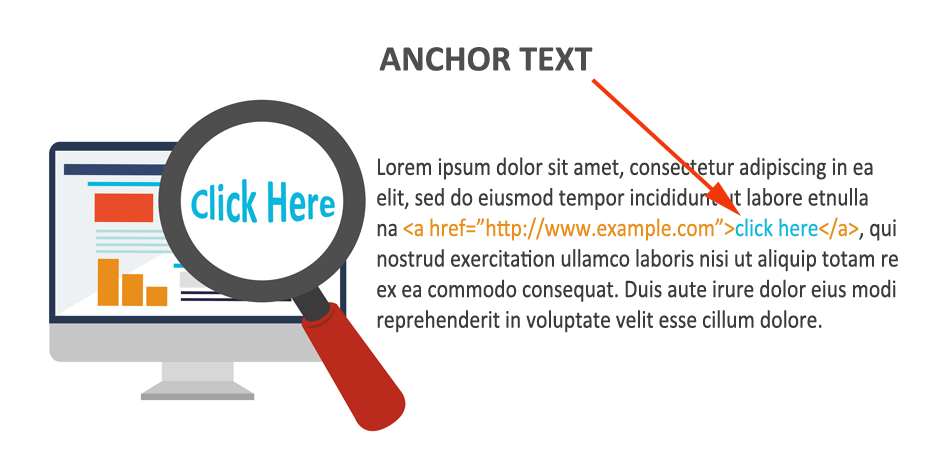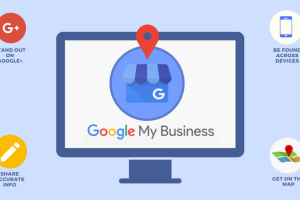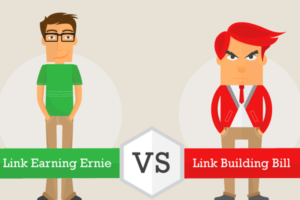Content Attributes
The SEO activity linked to link building requires attention to detail, especially now that Google has refined its algorithms and checks very well that natural and quality content is produced for the user. Among the activities SEO that every webmaster should know, when you do link building, also the correct setting of the keywords in order to get backlinks effective: the anchor text are keywords or short sentences which will ‘paste’ a link.

If before 2012 excellent rankings could be achieved even though linking exclusively on exact keys, today instead the search engine requires a little more attention and if you want to position the site well on Google you need to keep it in mind.
There is not only one type of anchor text but several types, such as:
- URL (naked links): these are keywords which basically takes up the entire URL, that is, the address of the site, posted directly in the text.
- Brand: these are text with the name of the website, for example, “the TizioCaio website “.
- Branded, these are anchor text that also includes the name of the site ” click here for more information on the TizioCaio site “.
- Navigational: these are text without keywords and with an explicit invitation, such as “see this site for more information”
- Sentence: the text is connected to an entire sentence.
- The exact keywords: exactly matches the keyword (eg ” diet to lose weight ” or ” diet to lose weight “).
How to choose anchor text naturally
Best position a website, anchor text should be chosen naturally. To take into account the choice you should consider two elements:
- Usability and the so-called user experience. That is, the simplicity of the text makes the user experience much better. So avoid choosing as anchor text words that have no meaning. That does not describe to the user what he will find once he clicks on it. To avoid random text if possible.
- The SEO: obviously in the anchor text selection must take into account the SEO.
- Use natural anchor text that does not suspect an artificial action. Use as keyword especially the brand name, a URL, or navigational text. Also, remember that these words are more valuable if they are within a context. That explains what you are doing and what you are linking to (for example, an article). This, back to the previous discussion, also improves the user experience. For example, if you write an article on the diet. You can write an article on the benefits of a certain vegetable or fruit. This is a valuable anchor text because it allows you to deepen the text. It is coherent and integrated into the context of the article.
The right percentage of keywords in the text
Among the advice that I would like to give you on this point, there is to pay close attention to the percentage division of the various types of anchor text, especially those on the exact key. Do not abuse it because otherwise, you run the risk of being heavily penalized by Google who might consider your business suspicious.
The following are the percentages that I usually refer to in my link building activities. ATTENTION: it is NOT law, it is NOT an exact science, they are only rough values. That I can change according to the niche and link profile of competing sites.
In principle, I keep a percentage of naked links not exceeding 15%, one of brand / branded anchor text that does not exceed 60% in order not to be classified as spam by Google, phrase anchor text (with and without exact key included in it), not above 10%, navigational anchor text not above 10%, exact match keywords not above 5%.
The best positioning is obtained with very well studied links, for this reason. It is of fundamental importance to integrate at best the anchor within the context where it is positioned.
In this way, Google will consider the setting of anchor text in the text ‘ natural ‘ and will not treat you as if you were spamming.



